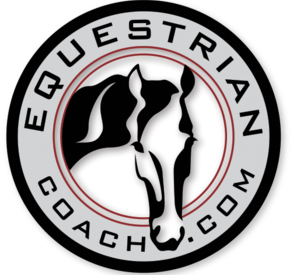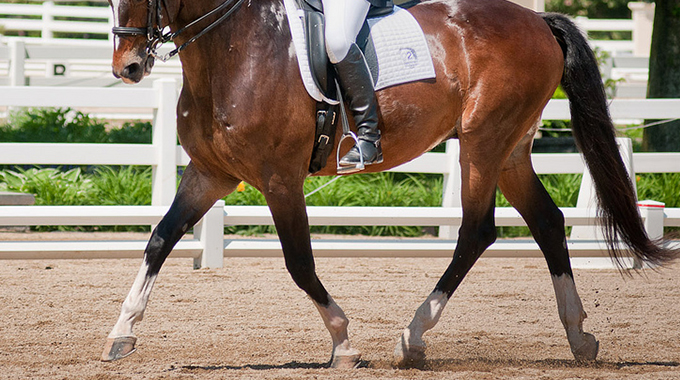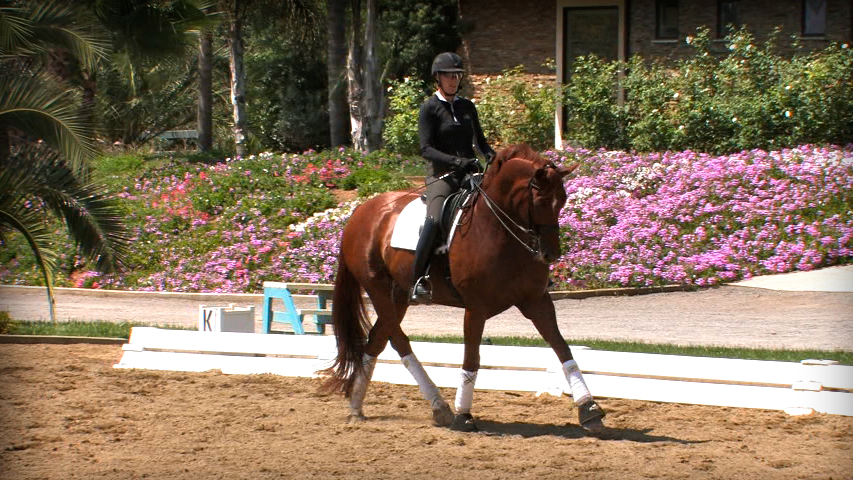Verena Mahin
- 22 Mar, 2016
- 0 Comments
- 1 Min Read
Dressage: How To Keep Your Horse Connected Through Transitions
Featured Image Credit (CC): Bob Haarmans on Flickr
Submitted by member: Jodi
How do I keep my horse on the bit (accepting contact) and coming from behind in transitions?
Answer by Verena Mahin
One of the biggest and most important things to remember when riding transitions, is to keep your leg on. It’s common in downward transitions in particular to use more of the hand then the seat and leg. In order to keep the horse pushing from behind and staying connected, the rider’s leg needs to support the horse from pushing sideways and away from the hind leg. For horses that are really sensitive, you can try riding transitions more on bending lines, such as the shoulder-in or on the circle. This will force you to put your leg on and ride correctly from your seat to support your horse and encourage correct thoroughness and proper balance.
In upward transitions, be careful not to throw the contact away in an attempt to “help” the horse to go forward. This has the opposite effect, and actually prevents you from keeping proper weight in the reins, which aids in correct balance. Transitions are the bridge between the gaits. Your delicate support is essential to riding successful transitions. You must be subtle yet supportive. Support your horse in any way you can, without holding or gripping. This is the art of true connection and perfect balance. Good luck and master the Art!”
Video Recommendation:
Suppleness – Unlocking the Gaits
Verena Mahin
A supple horse who is relaxed and whose physical and mental state indicate he enjoys his work is, of course, ideal in any discipline and especially dressage. A tense, stiff or rigid horse is unable to use his body effectively and can’t properly demonstrate rhythm, relaxation, connection, impulsion, straightness or collection. Join Verena Mahin as she shares her favorite exercises to attain a greater degree of suppleness that subsequently allows the horse to move with bigger, more expressive gaits.
Running Time: 32 minutes and 44 seconds
Have Something You Want to Ask Our Panel of Experts?
Ask The Experts is the ultimate way to get help from the top professionals in the equestrian industry without leaving the comfort of your home. This service is available to Monthly, Annual and Lifetime Members of EquestrianCoach.com.


